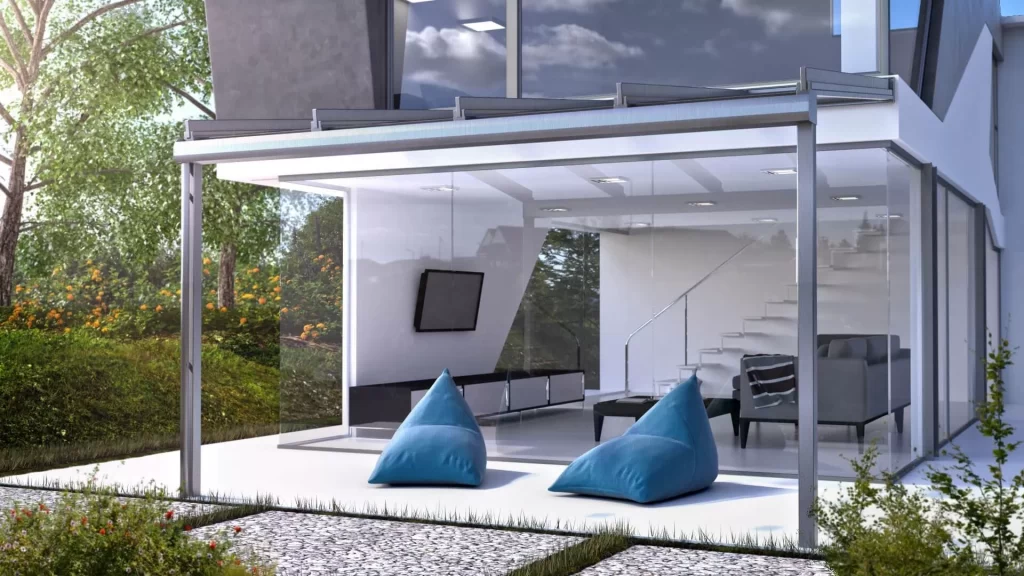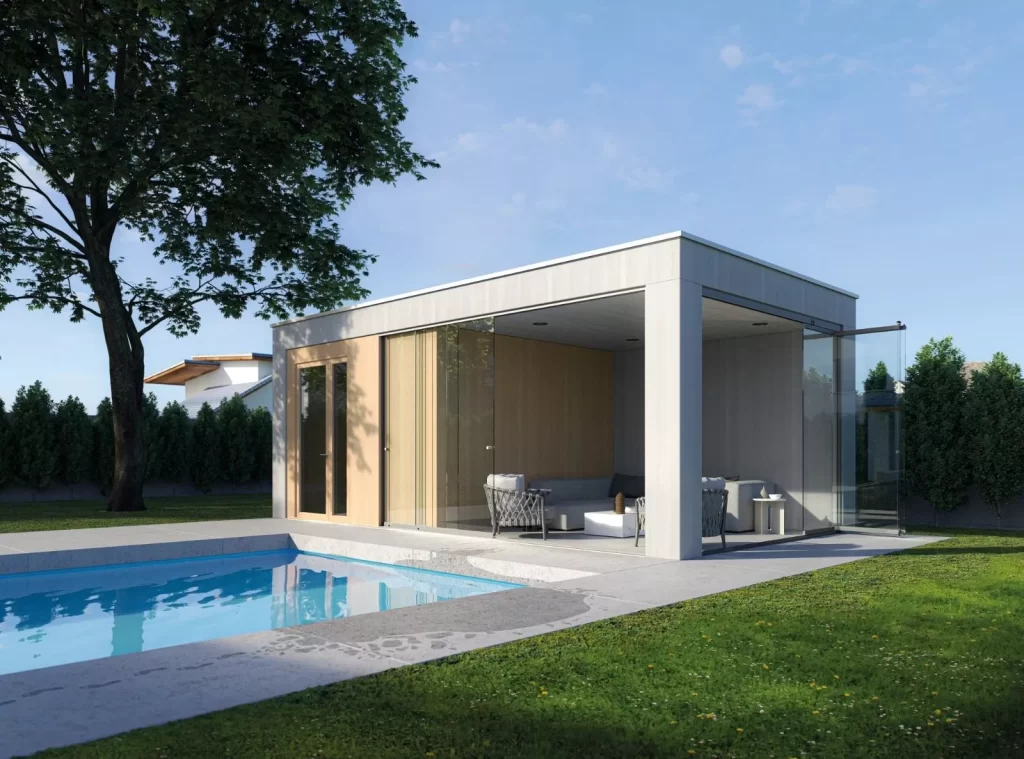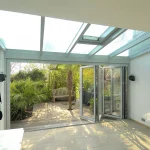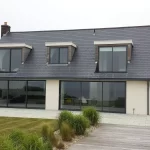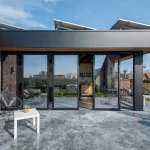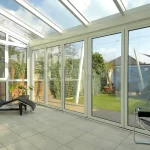The benefits of thermal insulation extend beyond mere comfort. In a world increasingly aware of energy consumption and its impacts, understanding why insulation is important becomes crucial. Insulation, at its core, serves as a barrier, limiting the transfer of heat. This process is not just about keeping a building warm in winter or cool in summer; it’s about energy efficiency.
The primary insulation benefits are twofold: economic and environmental. Economically, properly insulated buildings require less energy for heating and cooling, which translates to lower utility bills. Environmentally, reduced energy usage means less demand on power plants, which can decrease greenhouse gas emissions.
Why are insulators important? They play a key role in this process. Materials such as fiberglass, foam, or cellulose trap air, one of the most effective insulators, thereby reducing heat flow. This principle highlights why insulation is important in any energy-efficient building design. It’s not just a building feature; it’s a commitment to a more sustainable and cost-effective future.
What is thermal insulation?
Thermal insulation is a critical component in building design and energy management, aimed at reducing heat transfer between adjacent environments. Its primary purpose is to maintain an optimal indoor climate, minimizing the need for excessive heating or cooling. This is achieved through materials that limit the flow of heat, either by trapping air, which is a poor heat conductor, or by reflecting heat away.
The essence of thermal insulation lies in its ability to provide comfort and energy efficiency. In winter, it prevents heat from escaping indoors, and in summer, it keeps the heat outside, thereby stabilizing the indoor temperature. This not only enhances the comfort of the occupants but also reduces the strain on heating, ventilation, and air conditioning systems, leading to significant energy savings.
Moreover, thermal insulation contributes to environmental sustainability. By lowering energy demand, it reduces the carbon footprint of buildings. This makes insulation not just a practical choice for homeowners and businesses, but also a responsible one for the planet.
What are the advantages of thermal insulation?
Thermal insulation offers a multitude of advantages, pivotal in both residential and commercial settings. The primary benefit lies in its ability to significantly reduce energy consumption. By effectively managing the transfer of heat, insulation ensures
that less energy is required to heat or cool a building, leading to substantial cost savings on utility bills.
Another key advantage is the enhancement of comfort. Insulation maintains a stable indoor temperature, providing a comfortable living and working environment regardless of the external weather conditions. This stability also reduces the strain on heating and cooling systems, extending their lifespan and reducing maintenance costs.
Environmentally, thermal insulation contributes to a reduction in greenhouse gas emissions. By using less energy for heating and cooling, insulated buildings have a smaller carbon footprint, supporting efforts towards environmental sustainability.
What are the basic principles of thermal insulation?
The basic principles of thermal insulation center around controlling heat flow to enhance energy efficiency and comfort in buildings. Insulation works by targeting the three modes of heat transfer: conduction, convection, and radiation.
- Conduction: This is the transfer of heat through materials. Insulation materials are chosen for their low thermal conductivity, meaning they resist heat flow, keeping warm air inside during winter and outside during summer.
- Convection: This involves heat transfer through air movement. Effective insulation reduces air movement within its structure, minimizing heat loss or gain through convection.
- Radiation: Heat radiates from all objects. Reflective insulation materials, like foil-faced insulations, are used to reflect radiant heat, reducing heat transfer.
A key component in insulation efficiency is the material’s R-value, which measures thermal resistance. Higher R-values indicate greater insulating power. Proper installation is also crucial; gaps or compression can significantly diminish effectiveness.
How can I improve my thermal insulation?
To improve your thermal insulation, start by assessing your current insulation, particularly in key areas like the attic, walls, and floors. Upgrade or add insulation where necessary, aiming for materials with a higher R-value for better thermal resistance. Seal any air leaks around windows, doors, and other openings to prevent heat loss. Consider installing double-glazed windows and using insulating window treatments. Regular maintenance of heating and cooling systems can also enhance overall efficiency. Professional advice can provide tailored solutions for your specific needs.

Hazal is a blog writer specialized in glass roofs, bifold and sliding doors, windows, glass balconies, glazing, and shading systems. With a creative approach and technical expertise, Hazal provides customized content for Sunparadise. With extensive experience in energy efficiency, aesthetic design, and security, Hazal keeps readers updated with the latest industry innovations and effectively promotes Sunparadise’s products.





